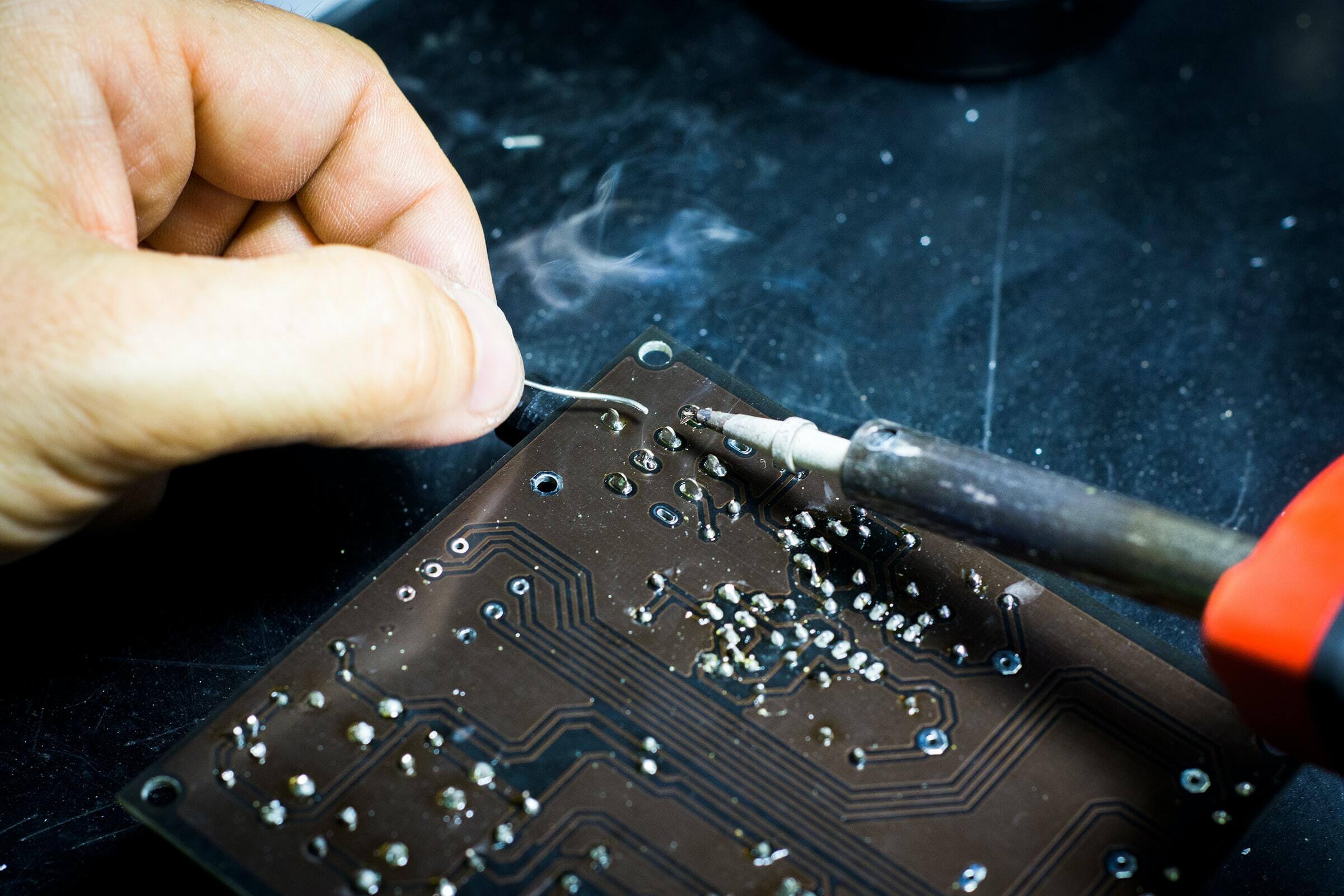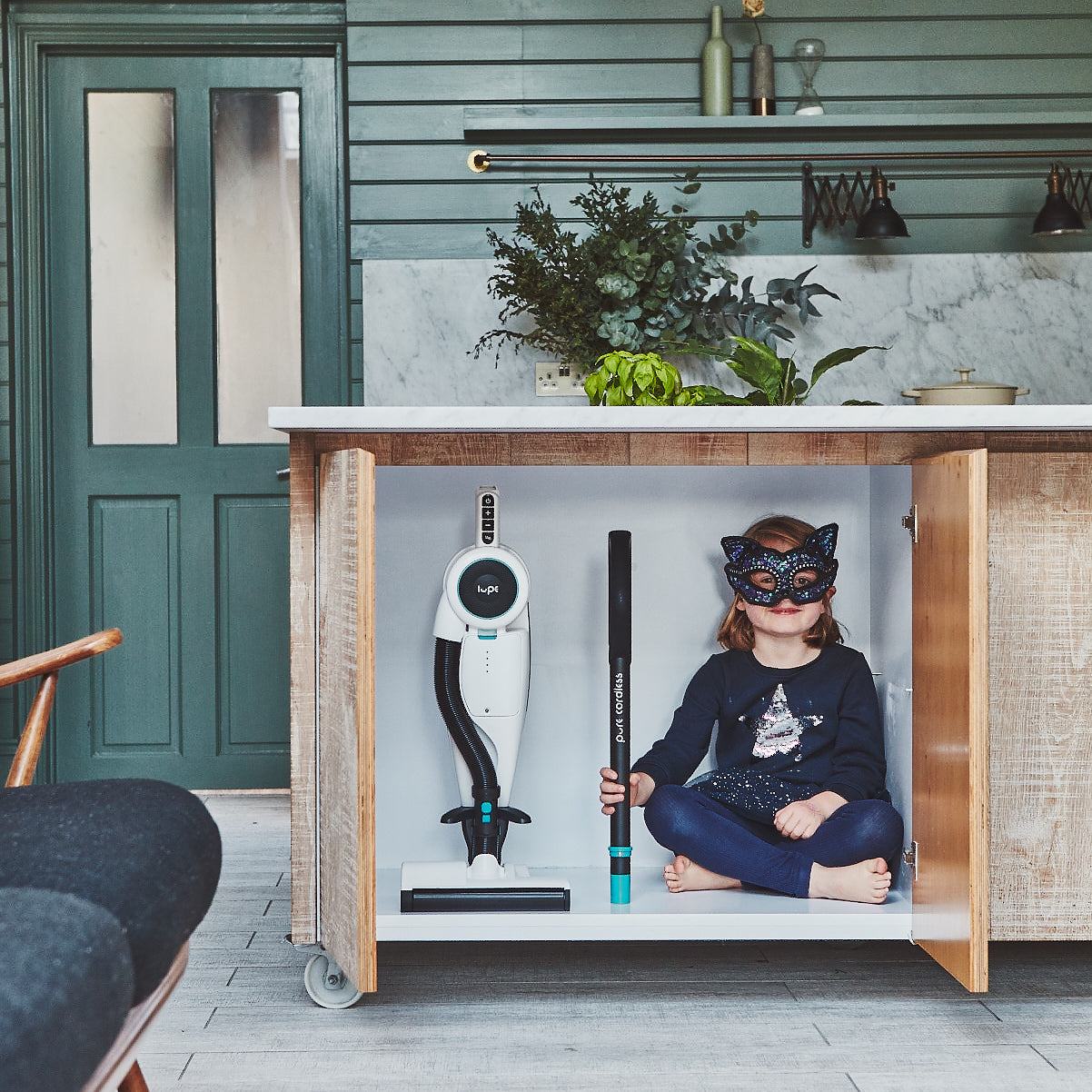“They don’t make ‘em like they used to”, a cliché reserved for rare bygones from a golden age, aka your grandad reminiscing about the good old days where things you bought lasted for decades and if they didn’t they would be fixed or refashioned into something even more useful that would take them to the grave (and beyond).

As time has passed, not a lot has changed because when it comes to domestic appliances, cars, electronics… for the most part they still ‘don’t make ‘em like they used to’. Once resourceful relatives turn in their graves and rattle “hate to say I told you so!” as built in obsolescence reigns supreme in a world which is running out of resources and where toxic junk piles high.
Last year alone, it is thought that over 50 million tonnes of electronic waste was generated globally, only around 20% of this was recycled. Half of the 50 million tonnes represented large household appliances as well as heating and cooling systems and the rest was televisions, computers, smartphones and tablets.

‘Built in obsolescence’ or ‘planned obsolescence’ is a phrase and strategy that darkened our doors in the 1950’s when the automobile industry began to recognise that creating a product that didn’t last forever would give them more business in the long term. It was a cunning plot "Instilling in the buyer the desire to own something a little newer, a little better, a little sooner than is necessary." - Brooks Stevens, an American industrial designer who, without giving it much thought, popularised the phrase "planned obsolescence" when he was due to give a talk at an advertising conference in Minneapolis in 1954. Stevens used the term as the title of his talk and from that point on it became a catchphrase.
The known origins of the phrase go back as far as 1932 with Bernard London’s pamphlet ‘Ending the Depression Through Planned Obsolescence’ which led to the government imposing a legal obsolescence on personal-use items, to stimulate and perpetuate purchasing in order to recover the economy.
Economical rehabilitation or not, naysayers and critics were cautious even 60 years ago.
In 1960, cultural critic Vance Packard published ‘The Waste Makers’, promoted as an exposé of "the systematic attempt of business to make us wasteful, debt-ridden, permanently discontented individuals".
Whatever your persuasion, it would be overly simplistic to condemn planned obsolescence as wrong; the rapid turnover of goods creates growth and innovation as well as more accessible products at palatable prices.
Industry has made goods cheaper and available to almost anyone in the West, Far East and now more so in the developing world. “More people have had a better quality of life as a result of our consumer model than at any other time in history. Unfortunately, it’s also responsible for global warming and toxic waste.” Giles Slade, author of the book Made to Break: Technology and Obsolescence in America, a history of the strategy and its consequences.

The European commissioner for the environment, Virginijus Sinkevičius agrees “The linear growth model of ‘take, make, use discard’ has reached its limits,” “With the growth of the world population and consumption, this linear model pushes us closer and closer to a resource crisis. The only way ahead is decoupling economic growth from extraction of primary resources and their environmental impacts.”

Good news is on the horizon as this summer the UK government will be introducing a new ‘right to repair’ law meaning that consumers will have a right to repair goods they buy for their home. Items that the new ‘right to repair’ law will initially apply to:
- Washing machines
- Fridges
- Dishwashers
- Electronic displays (including televisions),
- Light sources and separate control gears,
- External power suppliers,
- Electric motors,
- Refrigerators with a direct sales function (e.g. fridges in supermarkets, vending machines for cold drinks),
- Power transformers,
- Welding equipment.
They will be required by law to work for longer and be cheaper to run, in a bid to reduce the need for raw materials. Ministers will introduce new rules for electrical products to tackle ‘premature obsolescence’ “a short lifespan deliberately built into an appliance by manufacturers which leads to unnecessary and costly replacements for the consumer” Kwasi Kwarteng, Secretary of State at the Department of Business, Energy and Industrial Strategy.
Manufacturers will be legally obliged to make spare parts for products available to consumers for the first time so that electrical appliances can be fixed easily. This change is expected to extend the lifespan of products by up to ten years. This is expected to cut carbon emissions by 8 mega tonnes in 2021.
 Business and Energy Secretary, Kwasi Kwarteng, said: “Our plans to tighten product standards will ensure more of our electrical goods can be fixed rather than thrown on the scrap heap, putting more money back in the pockets of consumers whilst protecting the environment. Going forward, our upcoming energy efficiency framework will push electrical products to use even less energy and material resources, saving people money on their bills and reducing carbon emissions as we work to reach net zero by 2050.”
Business and Energy Secretary, Kwasi Kwarteng, said: “Our plans to tighten product standards will ensure more of our electrical goods can be fixed rather than thrown on the scrap heap, putting more money back in the pockets of consumers whilst protecting the environment. Going forward, our upcoming energy efficiency framework will push electrical products to use even less energy and material resources, saving people money on their bills and reducing carbon emissions as we work to reach net zero by 2050.”
Hopefully, in time, this will come to include all hard-to-repair tech products such as laptops and smartphones which make up for around 20 million tonnes of global waste a year, and where “manufacturers routinely lock up access to spare parts and schematics.” Matthew Hughes (The Register).
Philip Dunne MP, chair of the Environmental Audit Committee, said this planned legislation was a step in the right direction, although he criticised the lack of ambition, particularly when it comes to the recycling and repair of personal electronic devices.
Vacuum cleaners aren’t yet on the initial governmental ‘right to repair’ list yet either, but we hope they soon will be. “Electrical waste that is costing the UK economy is one of the fastest growing waste streams in the UK and in the world, with discarded or hoarded household electricals estimated to cost the UK economy over £370 million per year of lost valuable raw materials such as gold, copper, aluminium and steel.”
Here at Lupe we’re pleased to say we’re ahead of the curve. The Pure Cordless vacuum cleaner has been designed to be as easy to maintain as possible. Since day one our goal has been to support long-term ownership by producing a machine built to last. How have we done this? By using the best materials, the best manufacturers and by providing our customers with an open supply of spares.
 The Lupe Pure Cordless vacuum cleaner is proud to be durable with easily replaceable parts and every single feature integrated to the highest possible specification for long-lasting ownership.
The Lupe Pure Cordless vacuum cleaner is proud to be durable with easily replaceable parts and every single feature integrated to the highest possible specification for long-lasting ownership.
In one of our previous blog posts we asked ‘is it time for domestic appliances to be more eco-friendly?’ and the answer? A million percent yes. It might be baby steps towards a circular economy, but at least we are learning to walk.
